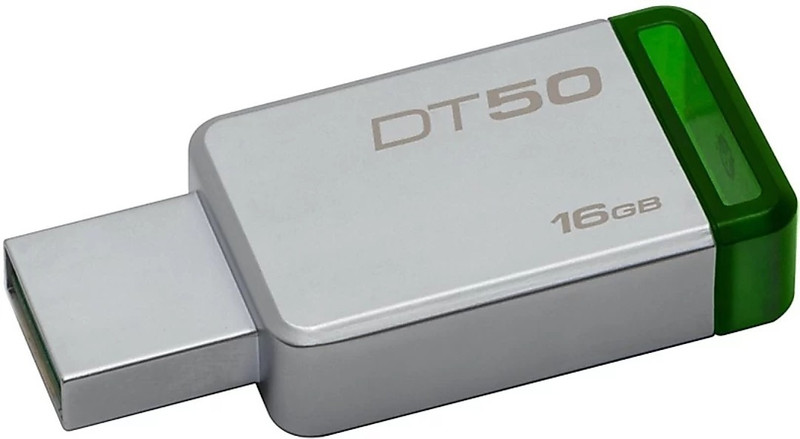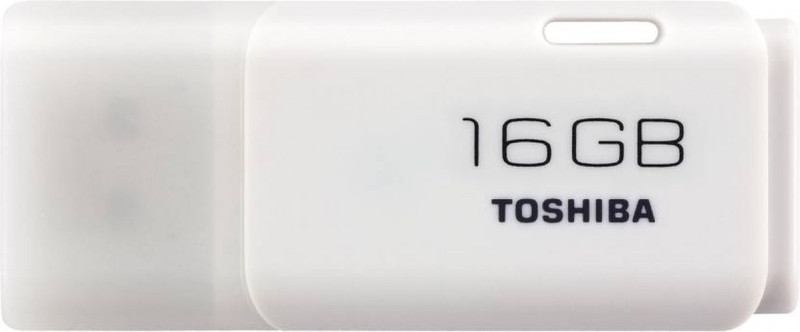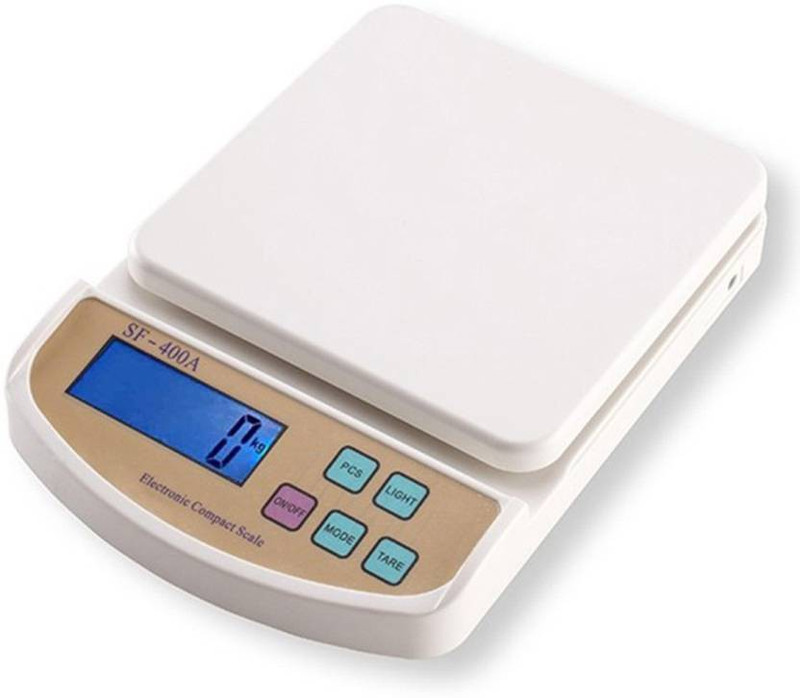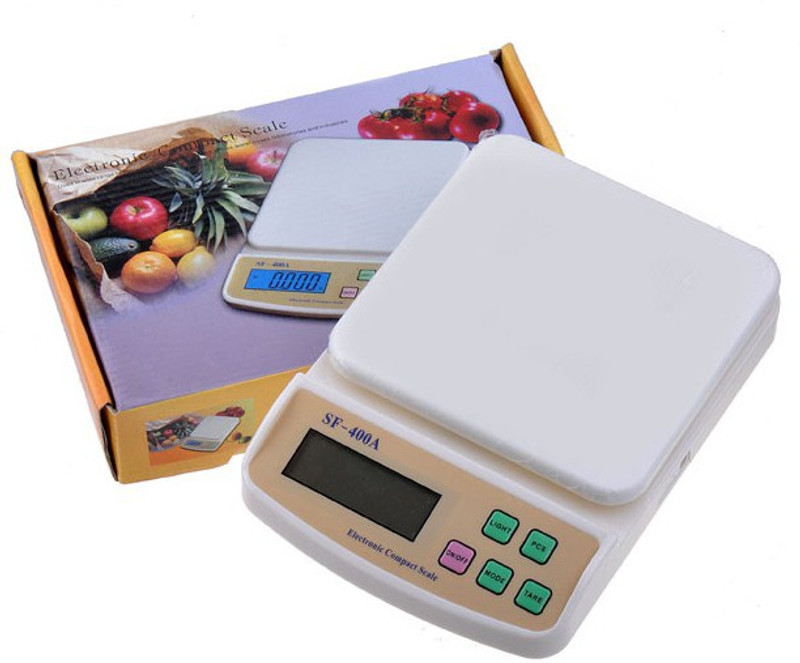Mixer Grinder Buying Guide 2025: Traditional vs. Bullet, Which One Suits Your Needs

Selecting the appropriate mixer grinder significantly enhances your culinary journey, streamlining meal preparation for increased speed and efficiency. Given the diverse range of models on the market, grasping the distinctions between traditional and bullet mixer grinders is crucial. This comprehensive guide is designed to walk you through their respective attributes, benefits, and optimal applications. By providing a detailed comparison, this guide empowers you to make a well-informed choice that aligns perfectly with your specific cooking requirements and preferences for the year 2025.
Also Read: The Ultimate Wet Grinder Buying Guide: Top Features You Should Not Miss
Traditional vs. Bullet Mixer Grinders: Choosing Your Kitchen Companion
When equipping your kitchen, a mixer grinder is an indispensable tool that significantly simplifies and speeds up meal preparation. However, with a wide variety of options available in 2025, deciding between a traditional and a bullet mixer grinder can be a bit perplexing. Understanding their core differences and ideal applications will steer you towards the perfect appliance for your culinary needs.
Traditional mixer grinders have long been the workhorses of many kitchens, and for good reason. Their robust motors, typically ranging from 500 to 1000 watts, provide ample power to tackle demanding tasks. Grinding tough spices into fine powders, preparing smooth dosa batter, or whipping up delicious chutneys are all handled with considerable ease.
Furthermore, these mixers usually come equipped with a set of three to four jars, each designed for specific functions like wet grinding, dry grinding, and blending. This versatility allows for efficient multitasking, making them ideal for preparing elaborate meals. Built with durability in mind, traditional mixers from established brands like Sumeet and Preethi are known for their longevity, often becoming reliable fixtures in the kitchen for years.
On the other hand, bullet mixer grinders offer a more compact and convenient solution. Their space-saving design makes them a fantastic choice for smaller kitchens or for those who appreciate a clutter-free countertop.
Operation is incredibly straightforward; a simple plug-and-play mechanism makes them perfect for quick tasks such as blending smoothies and shakes or grinding softer ingredients. While they excel at preparing smaller quantities, catering well to individuals or small families, their capacity and motor power might not be sufficient for heavy-duty grinding or large batches.
Ultimately, the choice between a traditional and a bullet mixer grinder hinges on your specific cooking habits and kitchen environment. If you frequently handle tough ingredients, prepare large quantities, and value long-term durability and versatility, a traditional mixer grinder might be a more suitable option.
Conversely, if you prioritise convenience for quick tasks, have limited kitchen space, and primarily prepare smaller servings, a bullet mixer grinder could be the ideal fit. Considering these factors will ensure you invest in a kitchen companion that truly enhances your culinary journey in 2025.
Products Related To This Article
1. Skystar Elegant Mixer Grinder & 750 Dry Iron Super Combo 700 W Mixer Grinder
2. Atomberg Zenova | Unique Coarse Mode
3. Athots CNC hybrid POWER FULL 550 W Juicer Mixer Grinder
4. Longway Super Dlx 750 W Juicer Mixer Grinder
5. NutriPro Blender 500 W Juicer Mixer Grinder
6.Greenchef SOLONA Wet Grinder
7. Flipkart SmartBuy PowerChef Premium 500 W Mixer Grinder
8. ZunVolt MG5 500 W Mixer Grinder
9. Flipkart SmartBuy - 750 W Juicer Mixer Grinder
10. Athots Hardy 750 W Mixer Grinder
Comprehending the unique attributes of both traditional and bullet mixer grinders plays a pivotal role in shaping your ultimate purchase. Each type offers a distinct set of advantages and disadvantages tailored to different culinary needs and kitchen environments. Traditional mixer grinders, celebrated for their powerful motors and multiple jars, excel in handling demanding tasks like grinding tough spices, preparing smooth batters, and blending substantial quantities. Their robust construction often translates to enhanced durability and longevity, making them a reliable choice for regular, heavy-duty use in the kitchen.
Conversely, bullet mixer grinders present a compact and convenient solution, particularly appealing for smaller kitchens or individuals prioritising quick and efficient blending or grinding of smaller portions. Their ease of use and space-saving design make them ideal for tasks such as preparing smoothies, protein shakes, or grinding softer ingredients. However, their limitations in handling large quantities or very tough ingredients should be considered.
To further guide your decision-making process, the following frequently asked questions address common inquiries and provide additional clarity on the nuances of each mixer grinder type. These insights aim to equip you with a comprehensive understanding, enabling you to select the mixer grinder that best aligns with your specific cooking habits, preferences, and kitchen requirements for the year 2025 and beyond.
Frequently Asked Questions (FAQs)
1. Which mixer grinder is better for Indian cooking?
Traditional mixers, with their powerful motors and multiple jars, are ideal for diverse Indian cooking, handling tough spices and large quantities effectively, making them a long-term investment.
2. Are bullet mixers suitable for making chutneys?
Bullet mixers can make chutneys, especially smoother ones, but their smaller capacity and less powerful motors may not be ideal for large batches or very coarse textures.
3. What is the average lifespan of a mixer grinder?
The average lifespan of a mixer grinder depends on usage frequency, build quality, and maintenance, typically ranging from 5 to 10 years.
4. Can I grind spices in a bullet mixer?
Bullet mixers can grind softer spices in small quantities for immediate use. However, traditional mixers are better suited for grinding tough spices or larger batches.
5. How do I clean and maintain my mixer grinder?
Regular cleaning after each use and proper storage prolong the life of your mixer grinder. Refer to the manufacturer's instructions for detailed maintenance guidelines.
In conclusion, the decision between a traditional and a bullet mixer grinder in 2025 ultimately rests on individual needs and kitchen dynamics. Traditional models excel in power and versatility for demanding tasks and larger quantities, boasting durability suitable for regular, heavy use. Bullet mixers, conversely, offer a space-saving and convenient solution for quick, smaller tasks.
Carefully considering your cooking habits, kitchen size, and frequency of use will guide you towards selecting the mixer grinder that best complements and enhances your kitchen efficiency in the years to come.
Disclaimer: The images used in this article are for illustration purpose only. They may not be an exact representation of the products, categories and brands listed in this article.






























